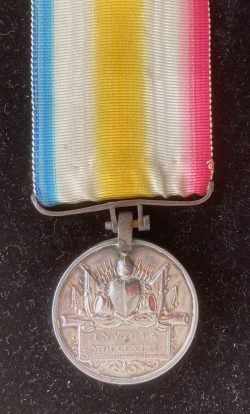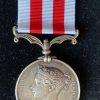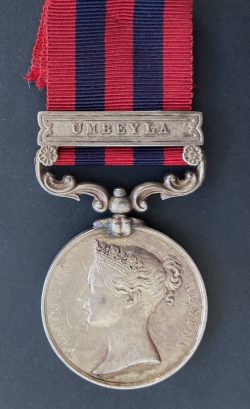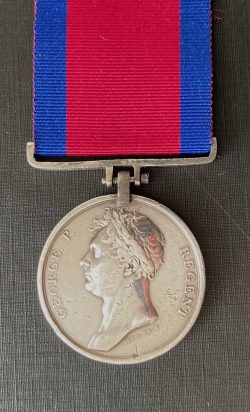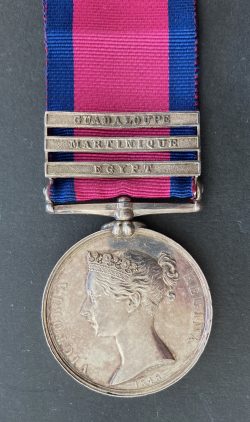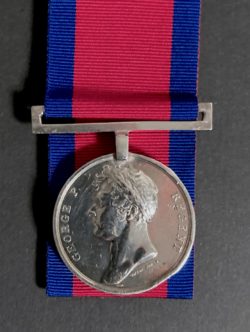-
×
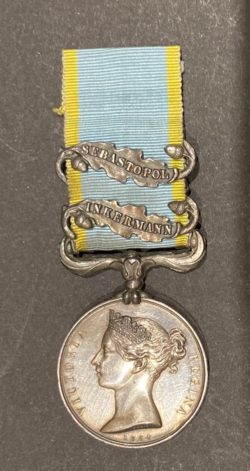 Crimea, 2 clasps, Inkermann, Sebastopol, Lieutenant (HMS London) officially impressed, killed in action aged 20, Sebastopol 21/1/1855 when hit by a round shot. Previously wounded in November 1854. Grandson of 1st. Viscount Templeton and awarded his Lieutenancy for " brave and arduous services in the trenches before Sebastopol." (Raglan despatch). A copy of a part archive of letters from the recipient from the Crimea and others immediately following his death (the original held by the National Army Museum) accompanies
1 × £3,800.00
Crimea, 2 clasps, Inkermann, Sebastopol, Lieutenant (HMS London) officially impressed, killed in action aged 20, Sebastopol 21/1/1855 when hit by a round shot. Previously wounded in November 1854. Grandson of 1st. Viscount Templeton and awarded his Lieutenancy for " brave and arduous services in the trenches before Sebastopol." (Raglan despatch). A copy of a part archive of letters from the recipient from the Crimea and others immediately following his death (the original held by the National Army Museum) accompanies
1 × £3,800.00
Subtotal: £3,800.00
